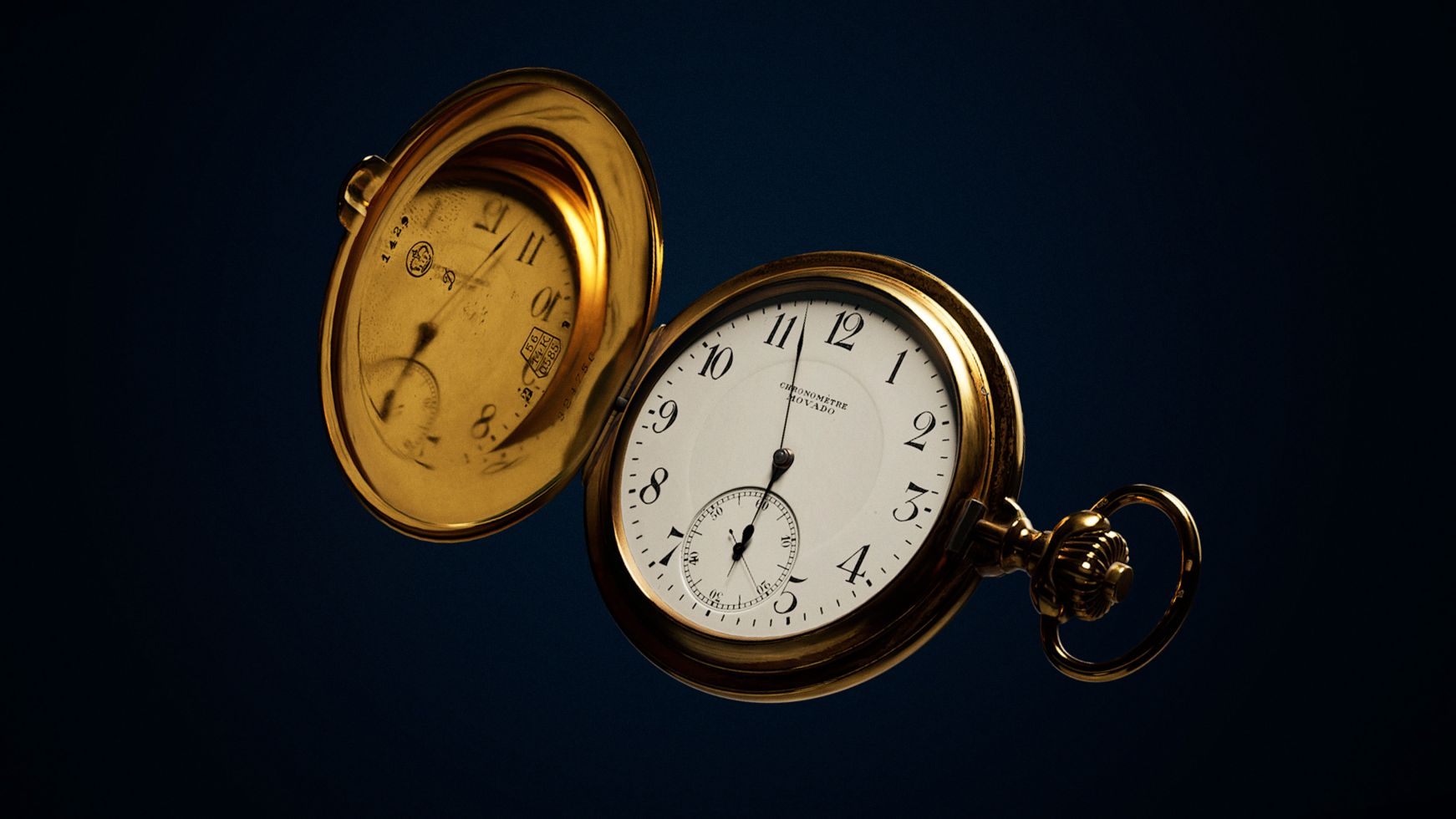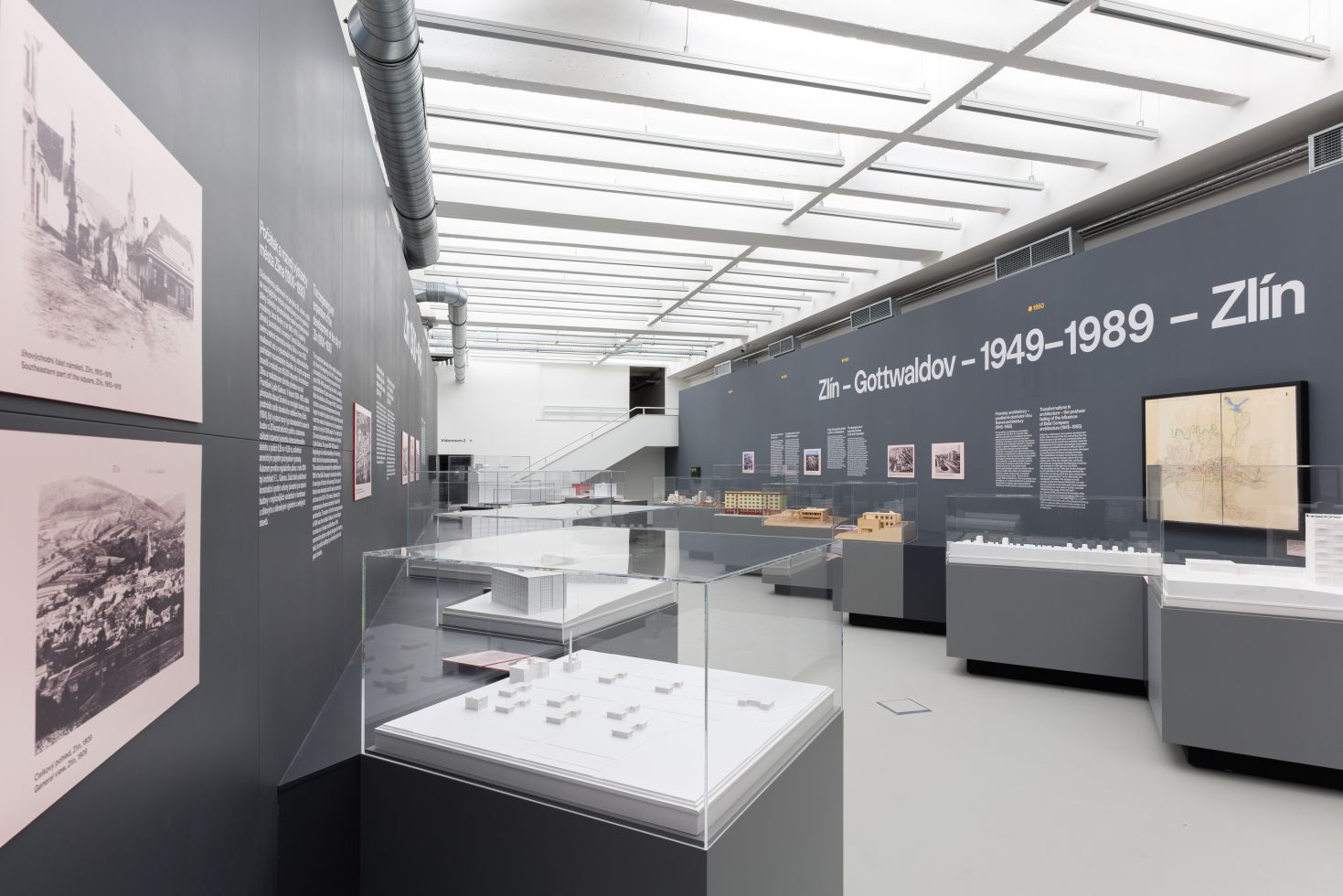Little Zlíns in the Czech Republic: Bata towns across the country
The enormous growth of shoe production and the entire management system in Zlín led Tomas and Jan Antonín Baťa to expand the production before the Second World War also to other towns. But it was not just a matter of building a factory and tracks to it.
In Moravia, Bohemia, Slovakia and later on every other continent, "Little Zlíns" began to grow. They offered jobs, modern housing and a whole new concept of education, employment and life. After the death of Tomas Bata, his brother Jan Antonín Bat'a took the lead in building these satellite towns. Many of them can be recognised at a glance. Where can you find "Little Zlíns"?
Little Zlíns in Czechoslovakia
Otrokovice – Bata's auxiliary production plants
In 1930, just a few kilometres from Zlín on the main railway line connecting Prague with Budapest, a new district began to grow under the direction of Jan Antonín Baťa. Bata's auxiliary production plants were established here to help with leather processing and other preparatory works necessary for the shoe industry. For a long time, the town was called Baťov, and it is also the place where Tomas Bata tragically died in a plane crash.
Read more about the technical wonders and Bata history of Otrokovice. Take a walk through Otrokovice with the Zlín Architecture Manual route.
Napajedla – the first plastics production in Czechoslovakia
Gas masks, technical rubbers or plastic raincoats were originally produced in the town of Napajedla. Later, the Bata chemical factories became famous for the production of toys designed by Libuše Niklová under the brand of Fatra Napajedla.
Read more about the story of a buffalo, giraffe and blue elephant from Napajedla.
How to recognise “Little Zlíns”?
- on the map, it is characterised by a geometric layout and a separate part for the factory and for housing,
- the factories are built of red brick with round concrete columns with 6.15 m spacing between them,
- housing is provided in brick single houses, semi-detached houses or quadruplex houses,
- the neighbourhood includes a social house, cinema, department store or sports ground,
- one of the streets or squares is named after Jan Antonín or Tomas Bata.
Sezimovo Ústí (Velký Dvůr) – engineering plants in South Bohemia
Jan Antonín Baťa located the engineering production in Sezimovo Ústí in 1939. The engineering plant and the workers' colony were to serve 10,000 inhabitants. Similarly to other "Little Zlíns", you can easily recognise the Bata part of Sezimovo Ústí. The industrial part is divided by a road from the residential and services part. Everything is strictly geometric and carefully thought out. The planned layout is dominated by the Tomas Bata Square with a park, schools and shops.
Třebíč (Borovina) – shoe factories on the outskirts of the historic town
In 1935-1940, Jan Antonín built shoe factories in the historic town of Třebíč. Thanks to the sufficient workforce and good transport accessibility to the rest of Czechoslovakia, a factory district was built here, modelled on the Zlín factory architecture, production and housing system. Many Zlín workers also moved here to run the newly established production plants. The area is still used for the production of shoes and stockings, but you will also find a kindergarten, new housing in revitalised Bata factories and the Eco Technical Centre Alternátor.
Zruč nad Sázavou – a modern factory in uncertain times
Jan Antonín Baťa chose a strategic location for his new factories in Zruč nad Sázavou. Just before the war, Zruč was located in the heart of Czechoslovakia, so it did not seem to be so threatened by German expansionism. The construction of a shoe factory began in 1939. Today, its traces are mapped on the batovskazruc.cz portal.
Little Zlíns around the world
Other Bata satellite towns were established in the Slovak towns of Partizánske, Svit, Nové Zámky or Bošany. In parallel with them, the first Little Zlíns were built in Hellcourt in France, Vukovar in the Adriatic, Kolkata in India or Batawa in Canada. They all grew according to the same pattern and with the same principles - to work together, to live individually. In Czechoslovakia, the Bata system of production and housing was something super-modern in the 1930s. In countries such as India, Hungary or Croatia - it was a bolt from the blue.
Where next
- Little Zlíns on the Batastory website.
- Little Zlíns on the Starý Zlín (Old Zlín) website.



